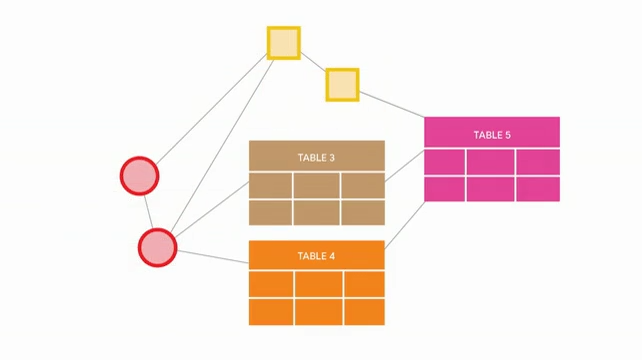Relational databases are at the core of many modern applications, yet traditional machine learning often misses the nuanced connections within their complex structures. By transforming relational tables into graphs, emerging graph foundation models (GFMs) are setting a new standard for predictive power and adaptability in enterprise data systems.
Limitations of Conventional Machine Learning
Most enterprise datasets consist of multiple interconnected tables. Standard algorithms, like decision trees, process each row separately and disregard the intricate web of relationships formed through foreign keys and multi-table schemas. This row-by-row approach overlooks important context, limiting model performance on sophisticated datasets.
The Transformative Power of Graph Structures
Graph neural networks (GNNs) offer a solution by representing relational data as rich, connected graphs. In this model, each table acts as a node type, every row becomes a node, and foreign keys become edges that define relationships across tables. Non-key columns are used as features, which means even incomplete or messy data can benefit from the structure.
- Nodes: Each row in a table is represented as a node
- Edges: Foreign key links become edges connecting nodes across tables
- Features: Numeric, categorical, or time-based attributes serve as node features
This approach enables scalable, flexible graph learning, and allows a single model to work across various schemas and datasets.
Developing Robust Graph Foundation Models
Unlike language or vision models, graph data lacks a one-size-fits-all tokenization method because schemas, node types, and edge types vary greatly. GFMs overcome this by focusing on the interactions of features within the graph, rather than their absolute values. This relational perspective enables models to generalize and transfer knowledge between different domains, handling everything from citation networks to product transactions, without the need for retraining.

Remarkable Real-World Results
At organizations like Google, GFMs operate on massive graphs with billions of nodes and edges, powered by advanced computing platforms like JAX and TPUs. Internal tests, such as spam detection in advertising, show GFMs outperforming traditional models, achieving 3x to 40x improvements in average precision. This leap in performance comes from GFMs’ ability to capture the context and complexity of inter-table relationships, which simpler models ignore.
Advantages of Graph Foundation Models
- Transferability: Easily adapts to new tables, schemas, and features
- Model Reuse: One trained model can tackle various tasks with no retraining
- Improved Accuracy: Relational context boosts performance on classification and prediction tasks
- Scalability: Designed to handle the scale of real-world enterprise data
The Future of Relational Data Modeling
Graph foundation models are transforming how organizations extract insights from their data. By leveraging the structure inherent in relational databases, GFMs enable zero-shot and few-shot generalization, paving the way for more robust and versatile AI. Looking ahead, research will likely focus on scaling these models, expanding their training data, and deepening our understanding of graph-based generalization. As enterprises demand more flexible and powerful AI, GFMs stand ready to unlock unprecedented value from relational data.

Harnessing Graph Foundation Models to Unlock Relational Data's Potential